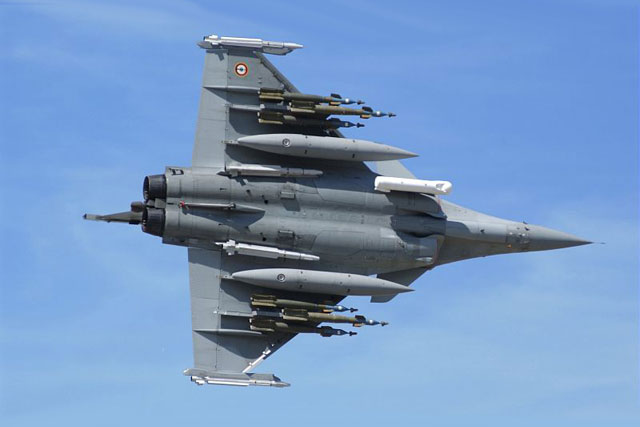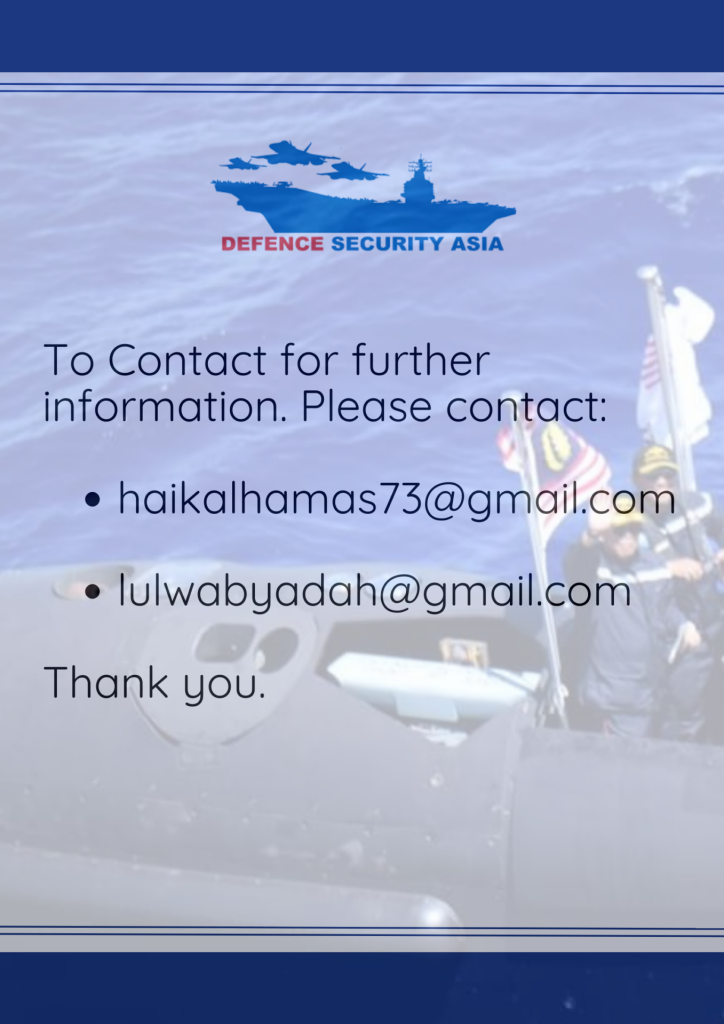“France’s Air Power Crisis: Rafale Fighters Could Survive Just Three Days Against Russia”
The findings, compiled by military experts—including former French Air Force officers—paint a dire picture of a nation struggling to keep pace with the rapidly evolving landscape of modern aerial warfare.
(DEFENCE SECURITY ASIA) — In a stark and unsettling assessment, a recent report by the French Institute of International Relations (IFRI) has laid bare the alarming reality of France’s air combat capabilities.
The findings, compiled by military experts—including former French Air Force officers—paint a dire picture of a nation struggling to keep pace with the rapidly evolving landscape of modern aerial warfare.
At the heart of this crisis is France’s fighter fleet, which remains anchored in fourth-generation technology while rivals race ahead with fifth-generation advancements.
The Dassault Rafale, long celebrated as the backbone of France’s air power and a symbol of national engineering prowess, is now showing its age in an era dominated by stealth and electronic warfare.
Though the Rafale is often hailed as one of the most capable multirole fighters of its generation, it was never designed for stealth—a critical shortcoming in today’s contested airspace.
This vulnerability stems from a strategic decision made in the early 2000s when France opted to refine an existing multirole platform rather than invest in a stealth aircraft.

Meanwhile, the United States surged ahead with the F-22 Raptor and later the F-35 Lightning II, reshaping the very nature of air dominance.
Despite continuous upgrades that have pushed it into the so-called 4.5-generation category, the Rafale still lacks the low-observable technology required to survive against advanced radar and sophisticated anti-air systems.
In an age where adversaries such as Russia and China are deploying cutting-edge anti-access/area denial (A2/AD) defenses, France’s pilots could find themselves flying into a death trap, exposed to highly capable surface-to-air missiles and next-generation enemy fighters.
The stakes are even higher as Moscow and Beijing aggressively expand their military arsenals.
Russia has fielded an array of hypersonic missiles, advanced drones, and electronic warfare systems, while China’s J-20 stealth fighter is closing the gap with its Western counterparts.
The once-unquestioned Western dominance of air superiority—a cornerstone of global security since World War II—is now under serious threat.
France, with its dependence on the Rafale, is falling behind at an alarming rate. While still effective in numerous combat scenarios, the aircraft lacks the survivability required for high-intensity conflict, making it a potential liability in a clash with peer adversaries.

The IFRI report underscores an uncomfortable truth: the technological gap between France and its competitors is widening, with no immediate solution in sight.
Compounding this challenge is a far more pressing crisis: France’s critical shortage of precision-guided munitions.
In the event of a full-scale conflict, the French Air Force would be able to sustain operations for a mere three days—a shocking limitation for a nuclear power with global military ambitions.
Key munitions, including the long-range METEOR air-to-air missile, are in dangerously short supply.
The situation has worsened due to France’s military aid to Ukraine, which has rapidly depleted stocks of SCALP cruise missiles and Aster 30 air-defense interceptors.
As Western allies scramble to arm Kyiv, France has found itself stretched thin, unable to replenish its stockpiles at the speed required for modern warfare.
Moreover, France’s commitment to banning cluster munitions, in line with international disarmament agreements, has left its air force without an effective means of neutralizing enemy forces over wide areas.

While morally commendable, this decision has come at a strategic cost, forcing Paris to rely on fewer, costlier, and more sophisticated systems—further straining its limited resources.
France now faces a moment of reckoning: either invest heavily in modernizing its air force or risk becoming obsolete on the battlefield.
The absence of a true fifth-generation fighter, a crippling munitions shortage, and the erosion of Western air dominance together form a perfect storm that could leave France unable to defend its interests in a major war.
With adversaries advancing at breakneck speed, the question is no longer whether France should act, but whether it still has time to do so before it’s too late.
— DEFENCE SECURITY ASIA


